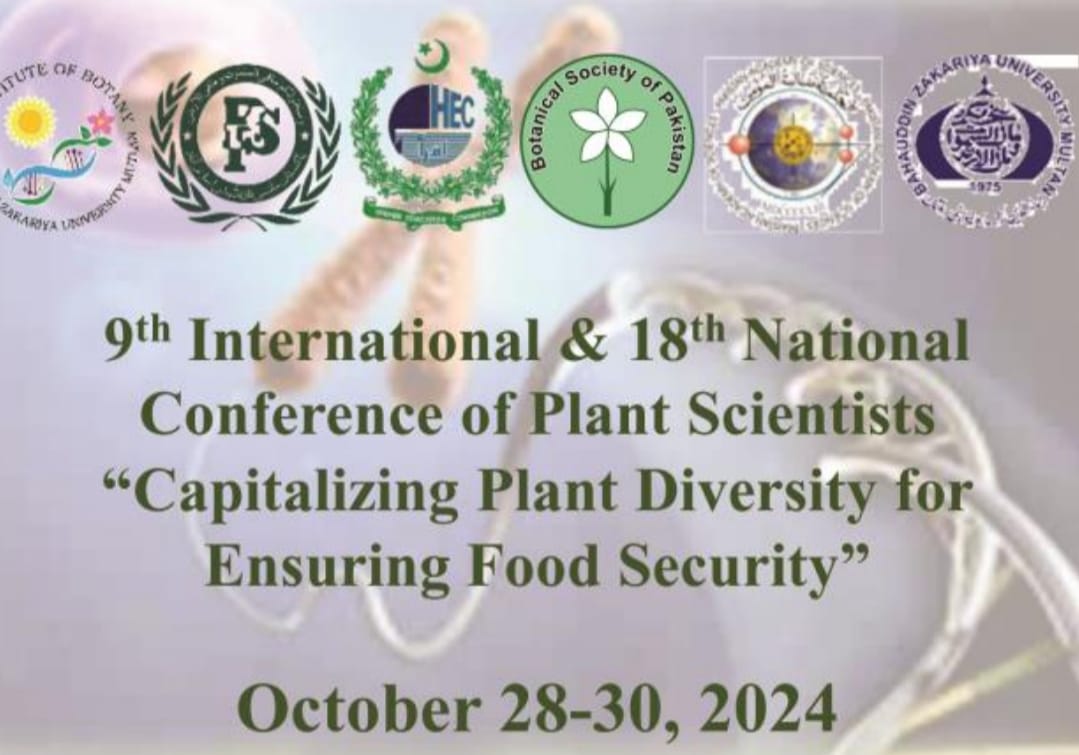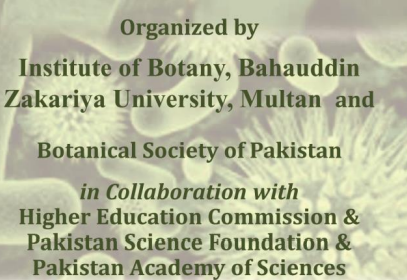PJB-2025-108
UNVEILING THE THERAPEUTIC LANDSCAPE OF EUPHORBIA TAIFENSIS: PHYTOCHEMICAL COMPOSITION, ANTIOXIDANT CAPACITY, AND INDUCTION OF APOPTOSIS IN MCF-7 CELLS
AHMED A. QAHTAN
Abstract
This study presents the first comprehensive investigation into the phytochemical profile and biological activities of Euphorbia taifensis, a plant native to Saudi Arabia, with a focus on its potential therapeutic properties. Qualitative and quantitative analyses reveal a diverse array of compounds in E. taifensis extract, including phenols, flavonoids, alkaloids, saponins, tannins, and coumarins. Quantitative assessments highlight significant concentrations of phenolics (73.94 mg GAE/g), flavonoids (46.61 mg QE/g), and tannins (42.76 mg TAE/g). Gas chromatography-mass spectrometry (GC-MS) profiling identified 14 major constituents, such as 2-Monopalmitin (27.96%), 2,5-Monomethylene-l-rhamnitol (17.75%), and hexadecanoic acid (12.32%). The antioxidant capacity of the extract was evaluated through DPPH, ABTS, and FRAP assays, showing significant activity with IC50 values of 71.47 µg/mL for DPPH, 38.44 µg/mL for ABTS, and 69.82 mg AAE/g in the FRAP assay. In vitro anticancer studies using the MTT assay demonstrated notable inhibition of MCF-7 breast cancer cell viability, with an IC50 of 182.88 µg/mL. RT-PCR analysis further revealed that E. taifensis extract induced apoptosis in MCF-7 cells by upregulating pro-apoptotic genes (caspase-3, caspase-8, caspase-9, Bax, p21, and p53) and downregulating anti-apoptotic genes (Bcl-2 and Bcl-XL), suggesting activation of the p53/caspase-mediated apoptotic pathway. These findings underscore the potential of E. taifensis as a promising source of anticancer agents, with effects mediated through critical gene regulation. Further research is needed to isolate specific bioactive compounds and explore additional therapeutic applications.
To Cite this article:


